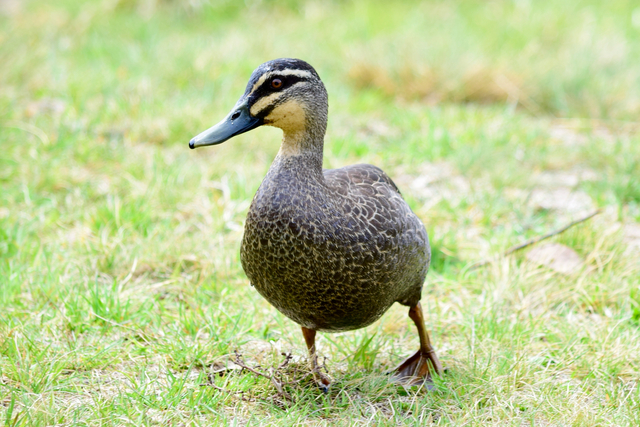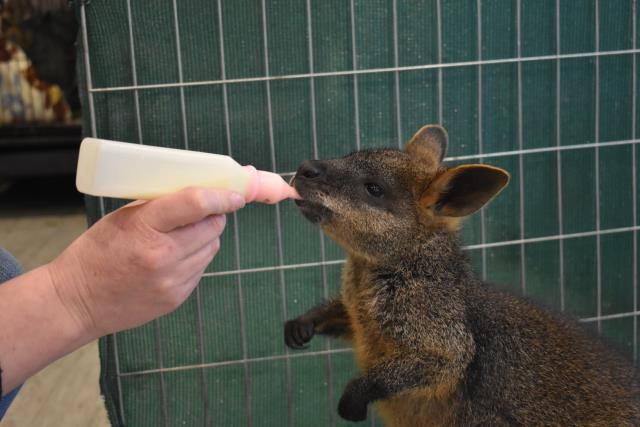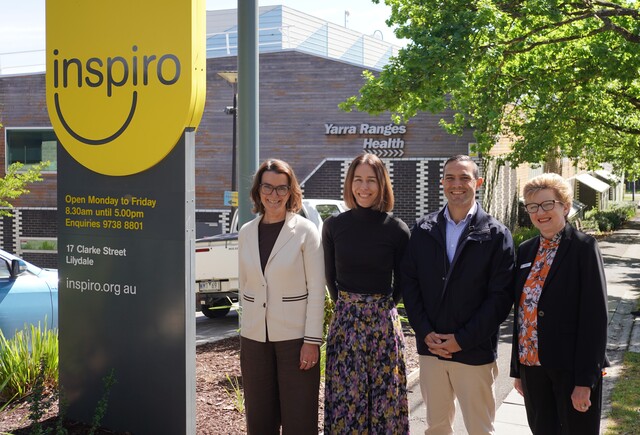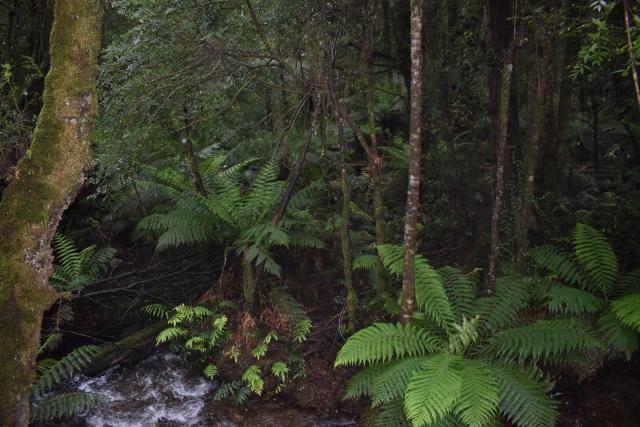By Melissa Meehan
TWENTY of the 27 captive-bred Regent Honeyeaters released into the wild as part of a trial to bolster numbers of the endangered species, are known to be still alive.
The birds, fitted with radio transmitters, were released into the Chiltern-Mount Pilot National Park at the beginning of May.
“The initial results are very positive and have exceeded our expectations,” DSE Senior Flora and Fauna Officer, Glen Johnson, said.
“All but seven of the birds have been monitored at least daily by radio tracking and visual observation, feeding and interacting with wild Regents, which is extremely exciting.”
Mr Johnson said a number of transmitters had become dislodged as expected and transmitter batteries were nearing the end of their life, meaning future monitoring would eventually rely on positive colour band observations.
“What we know at this point is that the birds have successfully survived the initial release,” Mr Johnson said.
“They have taken full advantage of nectar feeding from the plentiful Mugga Ironbark blossom, which was one of the core reasons why the release site in the north east was selected.”
Mr Johnson said it was likely some of the “lost” birds had fallen victim to birds of prey such as the Collared Sparrowhawk and Brown Goshawk, which are both common to the release area.
Others that no longer have working transmitters may have simply left the immediate area.
The trial is the first of its kind in Victoria. Part of the Regent Honeyeater’s national recovery program is being undertaken in an attempt to curb the species’ serious decline.
Recent surveys have suggested the species has declined dramatically during the past five years, with only about 100 wild birds remaining in Victoria.
A team of specially trained and highly motivated community volunteers is leading the post release monitoring.
The released birds were bred at seven Australian zoos that participate in the Australasian Regional Association of Zoological Parks and Aquaria’s (ARAZPA) captive management program.
Project partners include the Department of Environment and Climate Change (NSW), Department of Sustainability and Environment, Parks Victoria, Birds Australia Threatened Bird Network, NSW State Forest, the Threatened Species Network (WWF), LaTrobe University, University of New England, Taronga Conservation Society Australia, and community volunteer and conservation groups.
Further information about the Regent Honeyeater Recovery Program is available at www.environment.gov.au or from the DSE Customer Service Centre on 136 186.
Flying success
Digital Editions
-

Wildlife organisations say State Government missed the mark on Act reforms
It’s been five years since the State Government announced the first-ever review of the Wildlife Act 1975. Just this week, the environment minister released his…






